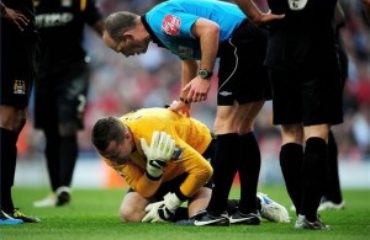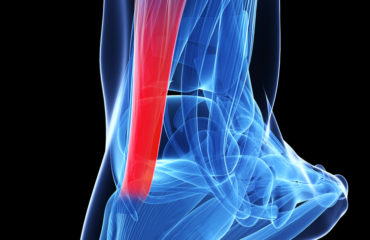Simply put, a cartilage defect is the cartilage that has been damaged. This can be caused by trauma, Osteonecrosis, Osteochondritis or other conditions. These types of defects are usually associated with the knee joint. Trauma is the most common cause of damage that causes a cartilage defect, and is often seen in association with trauma to the ligaments or ACL tears. Certain diseases can also cause damage to the cartilage in the knee.
cause damage to the cartilage in the knee.
Whether injuries or disease causes the damage to the articular cartilage (the smooth layer that cushions the tips of the bones where they connect with each other at the joints) it can cause substantial pain and weakness.
Treatment options
Treating cartilage defects always begins conservatively. Conservative treatments include physical therapy, medications, and other options. This may include NSAIDS, pain medication, topical creams, PRP therapy, stem cell procedures. It is when these options don’t work that we get into the surgical treatments. These include:
- Palliative Care
In certain cases, the orthopedic surgeon will endorse palliative care, in which the surgeon surgically removes the unattached fragments of cartilage that might cause the joint blockage and associated pain.
- Microfracture
Early efforts to treat cartilage trauma were focused on forcing the body to manufacture new articular cartilage in response to trauma to the subchondral bone. This technique evolved into the current microfracture which is currently the standard of care for treating cartilage injury in the United States. In microfracture, tiny holes or fractures in the subchondral bone are created in the damaged location. These holes allow clots to form and, over time, these clots transform into cartilage. Although this process has been used in thousands of patients, the search has contin ued for a more durable and permanent solution.
ued for a more durable and permanent solution.
- Osteochondral Autograft Transplantation Surgery (OATS)
Orthopedists began using cylinders of bone and articular cartilage in the 1990s. These plugs were taken from healthy areas of the patient’s knees and then transplanted into the affected areas. vOsteochondral Autograft Transplantation Surgery (OATS) allowed placement of already existing cartilage in the traumatized area. These autografts can be used to repair areas of the knees that lack cartilage covering.
- Autologous Chondrocyte Implantation (ACI)
Offering an alternative to the earlier microfracture and OATS, cell-based repair began in the U.S. in 1995. This technique is a multi-step program requiring at least two surgeries. The first harvests healthy cells from the patient which are then grown in a laboratory before being surgically returned and implanted into the patient’s articular cartilage damage.
- Cartilage and Cartilage/Bone Transplantation
Similar to ACI with the major difference being that the healthy cells are taken from donor bone and cartilage. This procedure is only used when  healthy cells are not available in the laboratory. Using this method, cartilage defects are treated with articular cartilage that, like heart or liver transplants, is donated for the transplant.
healthy cells are not available in the laboratory. Using this method, cartilage defects are treated with articular cartilage that, like heart or liver transplants, is donated for the transplant.
At present, these treatments have proven to relieve pain and other symptoms of cartilage defects, and are often very successful at getting patients out of pain and back to the desired activities for daily living and recreation.



